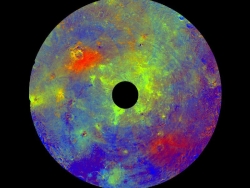Coming to your US healthcare system soon! The National Health Service (NHS) of the UK is making its patient database available to researchers.
NHS plans to change its constitution to allow patient data to be open to researchers by default, with an opt-out option for individuals. The ability to take advantage of NHS data will be a boon for research in the United Kingdom, said Mark Walport, director of the Wellcome Trust. The more patients who are involved in research, the greater the public benefit, he said in a statement, adding that a patient once told him, “giving my anonymous data is the most painless thing I can do to help others get better.”
Some have raised privacy concerns about the data access plan, which is why the U.K. government will hold a public consultation on the idea before moving ahead, but Leszek Borysiewicz, vice-chancellor of the University of Cambridge, also applauds the proposal. [emphasis mine]
It is significant that the NHS’s constitution forbid the release of this data without a patient’s permission. I suspect that this privacy rule was almost certainly a condition used to convince Great Britain’s population to go along with nationalized healthcare. “Don’t worry about your health records! The nationalized healthcare system will be required to keep it private and available only to you!”
As is typical for a government program, this promise had an expiration date. Government programs like to control things, and they will inevitably do whatever they must — twist the facts, break promises, lie, cheat, — to gain that control.
Right now the patient health records are supposed to remain anonymous once they are released. Want to bet that in a few years these same scientists will demand that they need to know who the patients are in order to do their research effectively? And do you want to bet on whether that information remains secret?

